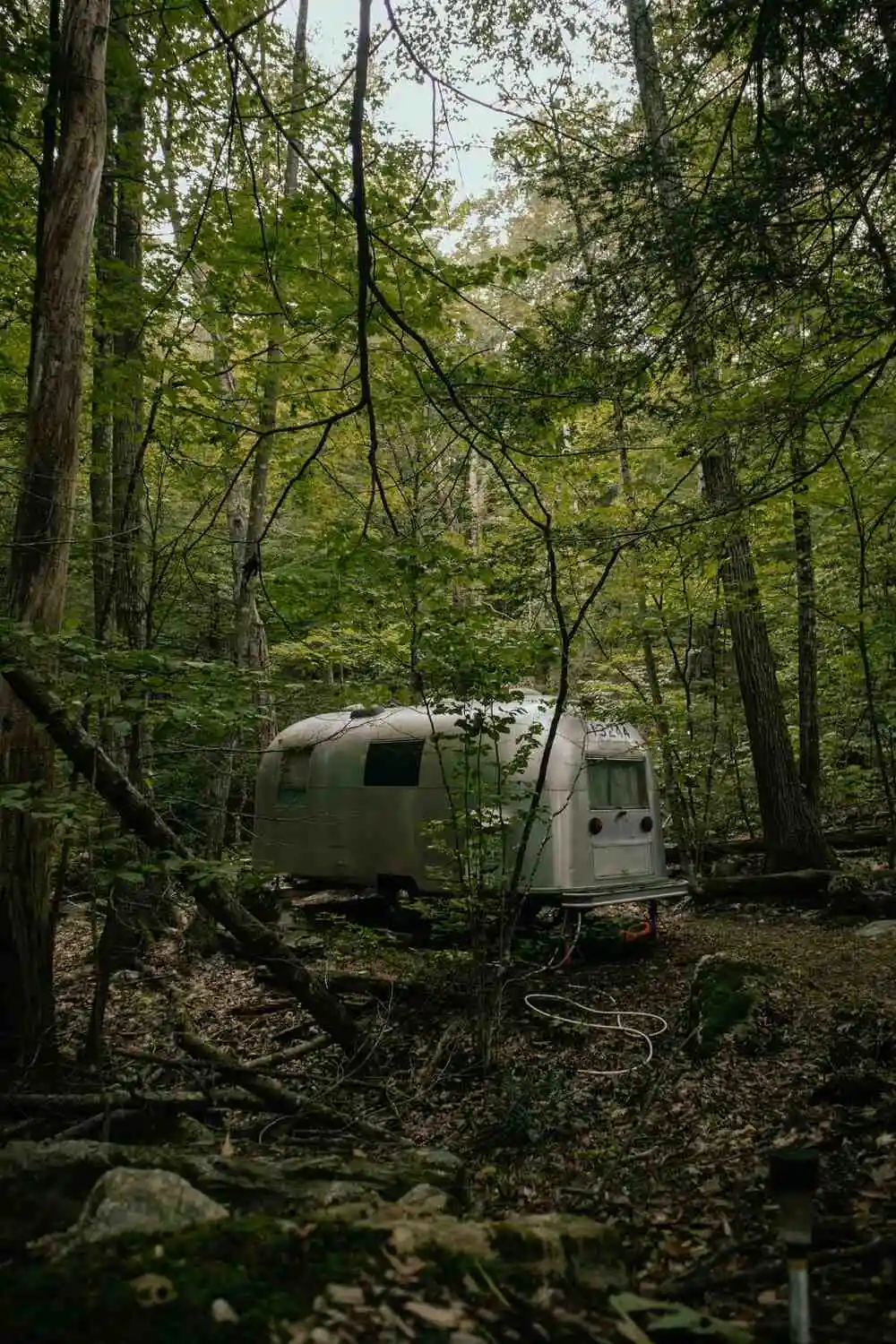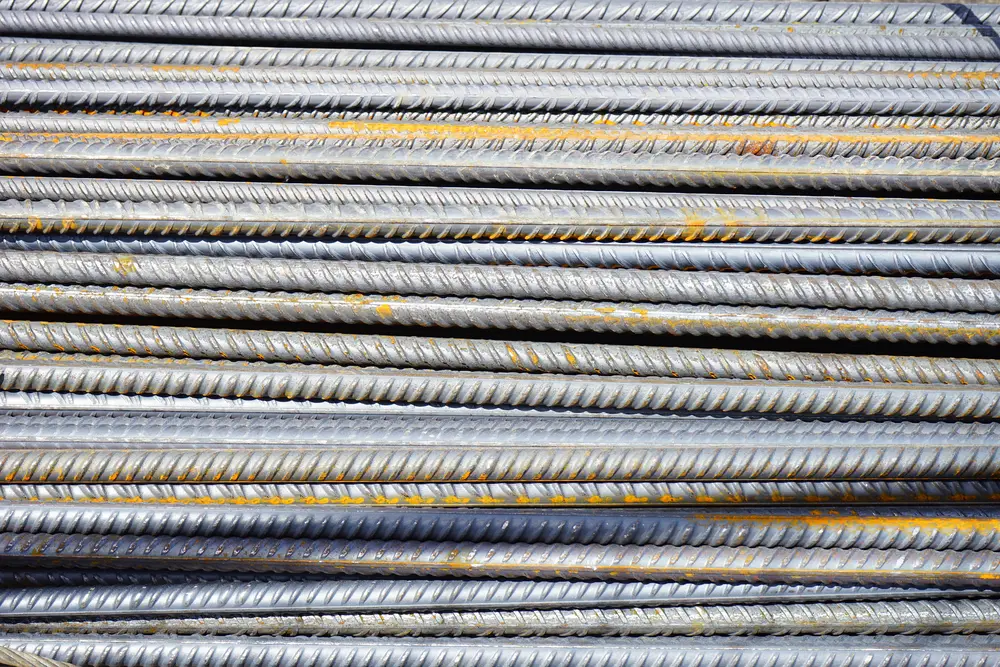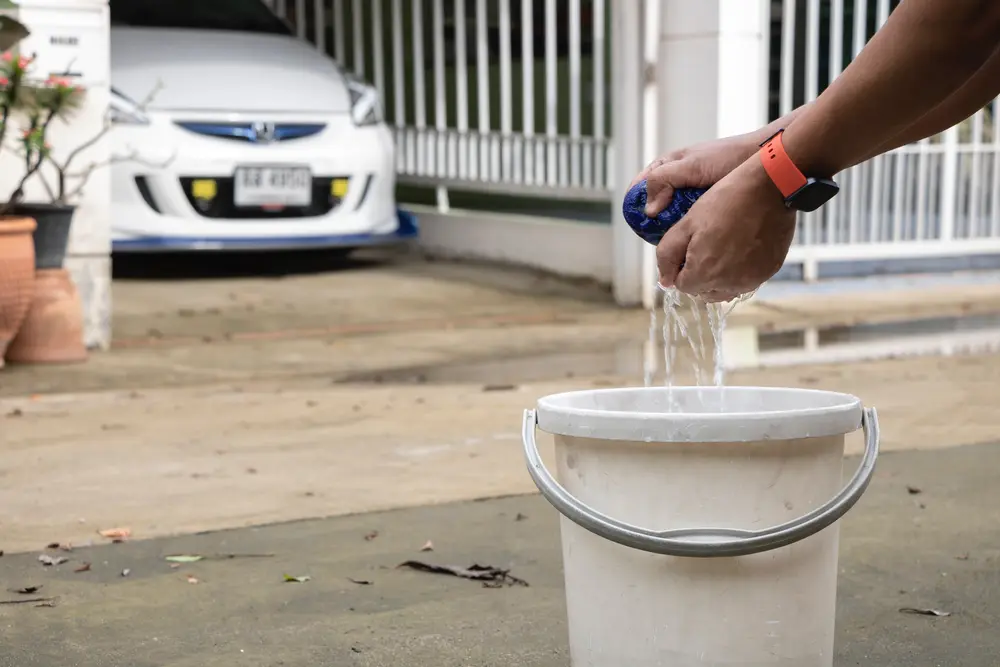Camping is a great way to enjoy nature and disconnect from the stress of everyday life. But it doesn’t have to mean giving up on hygiene and comfort. With a camping shower, you can stay fresh and clean even in the most remote locations.
But what are camping showers and how do they work? What are the different types and how do you choose the best one for your needs? In this article, we will answer these questions and more. We will also provide some tips and tricks on how to use camping showers effectively and safely.
Key Takeaways
| Type | Pros | Cons |
|---|---|---|
| Solar shower | Cheap, easy to use, eco-friendly | Slow to heat, low pressure, limited capacity |
| Pressure shower | Good pressure, versatile, durable | More expensive, heavier, need to pump |
| Propane shower | Instant hot water, comfortable spray, adjustable | Complicated setup, not very portable, need propane tank |
| Battery-powered shower | Great coverage, consistent pressure, rechargeable | Short hose, need water source, battery life |
| Roof rack shower | Easy to use, can re-pressurize, durable | Drop in pressure, need roof rack, expensive |
What are Camping Showers?
A camping shower is a small, portable shower system that runs independently of all the usual plumbing systems that a fully installed standing shower or the shower in your bathtub requires. These showers are usually lightweight, space-efficient, and easy to hang and use just about anywhere¹.
Camping showers typically consist of three main components:
- A water reservoir that holds the water for the shower. This can be a bag, a bucket, a tank, or any other container that can store water.
- A shower head that delivers the water to the user. This can be a nozzle, a hose, a spray gun, or any other device that can create a stream of water.
- A heating mechanism that warms up the water for the shower. This can be solar energy, propane gas, battery power, or any other source of heat.
Depending on the type of camping shower, there may also be other features such as:
- A pressure mechanism that creates the force for the water to flow. This can be gravity, air pump, electric pump, or any other device that can increase the pressure inside the reservoir.
- A temperature control that allows the user to adjust the heat level of the water. This can be a valve, a knob, a dial, or any other device that can regulate the flow of hot and cold water.
- A mounting system that allows the user to attach the shower to a suitable location. This can be a hook, a strap, a suction cup, or any other device that can secure the shower in place.
Types of Camping Showers
There are many types of camping showers available on the market today. Each one has its own advantages and disadvantages depending on your preferences and needs. Here are some of the most common types and their features:
Solar Shower
A solar shower is a simple and inexpensive option for camping. It consists of a black plastic bag that absorbs sunlight and heats up the water inside. The bag has a hose attached to it with a nozzle at the end. To use it, you just fill it with water, hang it somewhere sunny for a few hours until it gets warm enough², then turn on the nozzle and enjoy your shower³.
Some common pros and cons of solar showers are:
- Pros:
- Cheap and easy to use
- Eco-friendly and energy-efficient
- Lightweight and compact
- Cons:
- Slow to heat up and dependent on weather conditions
- Low water pressure and limited capacity
- Small shower head and hard to adjust temperature
Pressure Shower
A pressure shower is a more advanced option for camping. It consists of a sturdy plastic or metal tank that holds pressurized water. The tank has a hose attached to it with a spray gun at the end. To use it, you fill it with water⁴, pump air into it using a foot pump or an electric pump⁵, then squeeze the trigger and enjoy your shower⁶.
Some common pros and cons of pressure showers are:
- Pros:
- Good water pressure and versatile spray modes
- Durable and reliable
- Water lasts longer than solar showers
- Cons:
- More expensive and heavier than solar showers
- Need to pump air into the tank before each use
- Need to hold the trigger while using
Propane Shower
A propane shower is an instant option for camping. It consists of a propane-powered water heater that connects to a water source such as a bucket or a faucet. The heater has a hose attached to it with a shower head at the end. To use it, you turn on the propane valve, ignite the burner, adjust the temperature, then turn on the water and enjoy your shower⁷.
Some common pros and cons of propane showers are:
- Pros:
- Instant hot water and comfortable spray
- Very adjustable and customizable
- Can be used indoors or outdoors
- Cons:
- Complicated setup and not very portable
- Need to carry a propane tank and a water source
- More expensive and less eco-friendly than other options
Battery-Powered Shower
A battery-powered shower is a convenient option for camping. It consists of a battery-operated pump that draws water from a bucket or any other container. The pump has a hose attached to it with a shower head at the end. To use it, you charge the battery, fill the bucket with water, place the pump inside, then turn on the switch and enjoy your shower⁸.
Some common pros and cons of battery-powered showers are:
- Pros:
- Great coverage and consistent pressure
- Rechargeable and easy to use
- Can be used with any water source
- Cons:
- Short hose and can’t empty the bucket
- Need to monitor the battery life and charge it regularly
- Durability and quality may vary depending on the brand
Roof Rack Shower
A roof rack shower is a no-nonsense option for camping. It consists of a metal or plastic tank that mounts on the roof rack of your vehicle. The tank has a hose attached to it with a nozzle at the end. To use it, you fill it with water, drive around until it gets warm enough, then turn on the nozzle and enjoy your shower.
Some common pros and cons of roof rack showers are:
- Pros:
- Easy to use and can re-pressurize while driving
- Durable and long-lasting
- Intense water pressure and large capacity
- Cons:
- Precipitous drop-off in pressure as the tank empties
- Need a roof rack and enough space to mount the tank
- Expensive and heavy
How to Choose the Best Camping Shower for You
There is no one-size-fits-all answer when it comes to choosing the best camping shower for you. It depends on various factors such as:
- Your budget: How much are you willing to spend on a camping shower? Do you want a cheap and simple option or a more expensive and sophisticated one?
- Your camping style: How often do you go camping and where do you camp? Do you need a lightweight and compact option or a more durable and reliable one?
- Your personal preference: How do you like your showers? Do you prefer a hot and comfortable shower or a quick and refreshing one? Do you need a lot of water pressure or just enough to rinse off?
To help you decide, here are some questions you can ask yourself before buying a camping shower:
- How much water do I need for each shower? This will determine the capacity of the water reservoir you need. Generally, the more water you need, the bigger and heavier the reservoir will be.
- How long do I want my showers to last? This will determine the flow rate of the shower head you need. Generally, the higher the flow rate, the shorter the shower will last.
- How hot do I want my showers to be? This will determine the heating mechanism of the shower you need. Generally, the faster the heating, the more expensive and complicated the mechanism will be.
- How much pressure do I want in my showers? This will determine the pressure mechanism of the shower you need. Generally, the higher the pressure, the more effort and maintenance it will require.
- How easy do I want my showers to be? This will determine the usability and convenience of the shower you need. Generally, the easier the shower, the less versatile and customizable it will be.
Based on these questions, you can narrow down your options and choose the type of camping shower that suits your needs best.
Tips and Tricks for Using Camping Showers Effectively and Safely
Once you have chosen your camping shower, here are some tips and tricks on how to use it effectively and safely:
Plan ahead: Before you go camping, make sure you have everything you need for your camping shower such as water, propane, battery, etc. Also, check if there are any restrictions or regulations regarding camping showers in your destination.
Choose a good location: When setting up your camping shower, look for a flat, stable, and private spot that is away from direct sunlight, wind, rain, fire, animals, etc. Also, make sure there is proper drainage for the wastewater.
Be mindful of others: When using your camping shower, respect other campers’ privacy and comfort. Avoid making too much noise or splashing too much water.
leave no trace principle: When disposing of your wastewater, make sure you do it at least 200 feet away from any water source, campsite, or trail. Also, use biodegradable soap and shampoo that won’t harm the environment.
Be efficient and economical: When taking your shower, try to use as little water and energy as possible. Turn off the water when you’re not rinsing, adjust the temperature and pressure to your preference, and limit your shower time to a few minutes.
Be safe and comfortable: When using your camping shower, be careful not to scald yourself with hot water or freeze yourself with cold water. Test the water temperature before you start, wear flip-flops or sandals to avoid slipping, and dry yourself well after you finish.
Conclusion
Camping showers are a great way to stay clean and fresh while enjoying the outdoors. They come in different types, each with its own pros and cons. To choose the best one for you, consider your budget, camping style, personal preference, and other factors. To use them effectively and safely, follow some tips and tricks such as planning ahead, choosing a good location, being mindful of others, leaving no trace, being efficient and economical, and being safe and comfortable.
We hope this article has helped you learn more about camping showers and how to use them. If you have any questions or comments, feel free to leave them below. Happy camping!





Use the share button below if you liked it.
It makes me smile, when I see it.